Bill Gates’ New Plan: Cut Down 70 Million Acres of Trees to “Combat Global Warming”
Bill Gates and other globalist billionaires are now investing in newly established climate companies like Kodama Systems to harvest and bury one billion tons of "biomass" to "save the planet." Millions of trees, which provide us with oxygen and could have been valuable timber, will be buried instead. This will lead to soaring prices for timber, firewood, pulp, and other wood products as a consequence. The mostly deliberately set forest fires around the world this summer are now being used as a primary argument for deforestation. The destruction of American forests "for the sake of climate" is being led by a Chinese professor. Along with tree planting on arable land and economic incentives for farmers to switch to "carbon farming" instead of food production, the already strained global food production will soon no longer be able to feed the world's population.
Published: October 10, 2023, 5:32 pm
Bill Gates, the founder of Microsoft and one of the world’s richest globalists, is now funding a new initiative to “combat global warming” and “save the planet.” Gates’ organization, Breakthrough Energy, has invested $6.6 million in the project led by a company called Kodama Systems, founded in 2021. The plan is to harvest no less than 70 million acres of forest, mostly in the western United States. After mass harvesting, the millions of trees will be buried in the ground so that no one can use them. This is because climate alarmists believe that “burying trees will reduce global warming” as it prevents them from releasing carbon dioxide into the air.

KODAMA SYSTEMS is sponsored by Bill Gates to fell and bury millions of tons of trees. Like other climate companies, Kodama has similarly simple logos and drawings describing their activities, as if they were cast from the same mold. Screenshot: Kodama Systems
Carbon dioxide in the air is needed for plants and trees to absorb carbon and use it to build their plant parts and grow. Oxygen is released through photosynthesis, which we humans breathe. Therefore, trees sequester large amounts of carbon dioxide during their lifetime. When they die and decompose or burn, the bound carbon dioxide is released. When trees are harvested at the end of their lifespan, when they are most valuable as timber or firewood, and are buried instead of being sold, the idea is that the carbon dioxide will be bound and kept separate from our planet’s atmosphere. Therefore, the project’s coordinators, known as the Carbon Lockdown Project, plan to store the “biomass in oxygen-free tree vaults” for a long time to come. The trees will be buried or submerged in water instead of being used for things like timber for housing or pulp, which will further increase the prices of timber, firewood, paper, and all wood-based products.
Timely Forest Fires
The logging is not a future idea; it has already begun. The American business magazine Forbes reports that Kodama Systems co-founder Merritt Jenkins is currently leading test logging in Stanislaus National Forest, located at the base of the Sierra Nevada mountain range in Northern California. The nature reserve covers nearly 900,000 acres and is managed by the U.S. Forest Service, a part of the U.S. Department of Agriculture. 31% of U.S. forests are federally owned.

MERRITT JENKINS has every reason to look pleased as billionaires and authorities pour millions into his company. Jenkins is a co-founder of Kodama Systems and is seen here, holding a Corona-branded shovel (enlargement in inset), sitting in front of freshly cut trees in California that will soon be buried. Jenkins, who holds a master’s degree in robotics, is also a co-founder of Pattern Ag, a company that analyzes soil for farmers. Therefore, Jenkins is well aware of how decaying trees are crucial for creating future arable land, a vital natural process that his other company, Kodama, is now set to hinder. Jenkins is a vital part of a project known as the Carbon Lockdown Project. Many on social media have reacted with dismay to Kodama’s plans, and others wonder where the once outspoken environmental activists and “tree huggers” are now. Photo: X @forbes
Currently, Kodama is testing and improving a semi-autonomous harvesting unit, which is eight meters long and weighs 17 tons. The goal is to build fully autonomous timber harvesting machines that can work around the clock without human operators, from cutting down the trees to hauling them out of the forest. Kodama’s current test machine can operate at night but still requires human operators. With satellite connectivity and advanced lidar cameras (light detection and ranging), similar to those used in self-driving cars, the work can be directed and monitored remotely. Those who have seen the movie Avatar can roughly understand what it would look like.

NING ZENG is the founder of the Carbon Lockdown Project and works at the Department of Atmospheric and Oceanic Science at the University of Maryland in the USA. The Chinese professor holds a bachelor’s degree in physics from the University of Science and Technology in China, a master’s degree in astrophysics, and a Ph.D. in atmospheric science from the University of Arizona. He writes on the University of Maryland’s website: “My current research covers two different but interconnected areas: carbon cycle-climate interaction and modeling of the atmosphere-land-vegetation-ocean system. I also study technical solutions and policy consequences of climate change, including renewable energy and carbon sequestration.” Ning is oddly difficult to find pictures and comprehensive information about. Even internally, he uses very low-resolution profile pictures and the same in video calls. Photo: University of Maryland
Kodama is using forest fires as one of its main selling points, as they also offer to take care of fallen trees and undergrowth, as well as thinning the forest – the forest management that is no longer carried out as before. Kodama points out the threat to life and property as well as the health risks from wildfire smoke. Jimmy Voorhis, Director of Biomass Utilization and Policy at Kodama, tells Forbes that decision-makers are now listening to them, especially after this summer’s Canadian wildfires created hazardous air conditions in major cities like New York, Washington, D.C., and Chicago.
“The orange sky in San Francisco was a turning point. They’re listening to us now,” says a satisfied Voorhis.
U.S. authorities are now seeking to swiftly address the problem their own inactivity has created by hiring Kodama. The U.S. Forest Service aims to thin out 70 million acres of forests, mostly in California, over the next decade. Typically, after such forest thinning, logs of sellable size go to sawmills, while the rest is piled up and, together with undergrowth, is later burned under controlled conditions. Now, instead, Kodama will bury one billion tons of “biomass” in “tree vaults” designed to maintain dry and oxygen-free conditions to prevent the wood from decomposing or burning.
“One ton of biomass in the soil is one ton of carbon dioxide not in the atmosphere.”
– Ning Zeng, the Chinese professor who is clearing American forests to “save the planet,” has created a rule of thumb.
Kodama has already received $1 million in grants from California’s forestry fire agency and others, as well as purchase commitments for the carbon credits associated with the first 400 tons of trees that the Gates-sponsored company buries. Forbes writes that “on the open market, these credits should fetch $200 per ton”. Forbes likely chooses this price because climate alarmists have touted it as a soon-to-come minimum price needed to “save the planet.” Currently, emissions allowances cost less than half of this cost. So, the upfront payment for 400 tons of buried trees corresponds to $0.8 million in carbon credits. Real value in the form of timber and firewood is thus transformed into a fictitious value based on the lie of human-made global warming.
Free West Medias’ foreign desk has access to an internal presentation showing that the forces behind this idea plan to make money in several ways. It is led by Ning Zeng, a Chinese professor at the University of Maryland in the USA and the founder of the Carbon Lockdown Project (CLP). Ning is described as the “godfather of biomass burial.” The presentation, held for other insiders, is revealing as it provides insight into their thinking. Ning emphasizes, among other things, that 97 percent of the trees will be preserved after 100 years, indicating that they plan to store them for a long time and then potentially reuse them. It is important to note that trees stored in oxygen-free environments gain higher quality over time and can command a value of tens of euro per kilogram.

CARBON LOCKDOWN PROJECT’s logo depicts a tree with a padlock (top). In internal documents, a similar but different logo is used, showing three human figures in a recycling symbol.
Ning particularly highlights that the cost of removing carbon dioxide from the atmosphere will be very low, $10-50 per ton. Companies that must pay for so-called carbon credits in the ongoing emissions trading – a multi-billion-dollar industry that globalists are now imposing on the world – can purchase this “service” from CLP.
The EU’s average auction price for emissions allowances in 2022 was 79 euros per ton of CO2, with a minimum price of about 58 euros per ton of CO2 and a maximum of 98 euros per ton of CO2. This can be compared to the 2021 average price of about 53 euros per ton of CO2, a 33 percent increase in just one year. There is no indication that this trend of rising prices will be broken; instead, it is likely to accelerate. This year, the average price seems to be well above 100 euros. The logging and burial of forests can, according to Ning Zeng’s internal cost estimation, already this year generate a profit of at least 100 to 1,000 percent. Finland’s government has already paid Zeng’s company $181 per ton, and the Swedish investment company Kinnevik recently bought 1,000 tons of carbon credits, equivalent to the weight of buried trees.
Aside from the profits from selling carbon credits, millions of tons of forests in the future will be able to be sold for tens of euro per kilogram, many times more than they are worth now, not factoring in inflation. This means both a value-preserving investment and pure profits counted in trillions rather than billions. There are, therefore, several largely hidden economic motives, as is often the case with globalists’ plans.
Natural farming is eradicated
Carbon Lockdown Project states on its website that the “natural carbon cycle is in near balance,” but not in perfect balance. Therefore, the imperfect nature must be saved by the artificial solutions of globalists, as the natural cycle is not sufficient. Carbon Lockdown Project explains it with the words: “Even though photosynthesis is ‘free,’ forests must be managed sustainably,” something they claim to know best how to do. Carbon Lockdown Project then emphasizes the importance of tree planting and how they plan to “intervene” to save our planet:
The idea of Wood Harvesting and Storage (WHS) proposes management intervention through wood harvesting or the collection of wood residues, followed by storage in anaerobic underground or wet/dry/cold conditions to prevent decay.
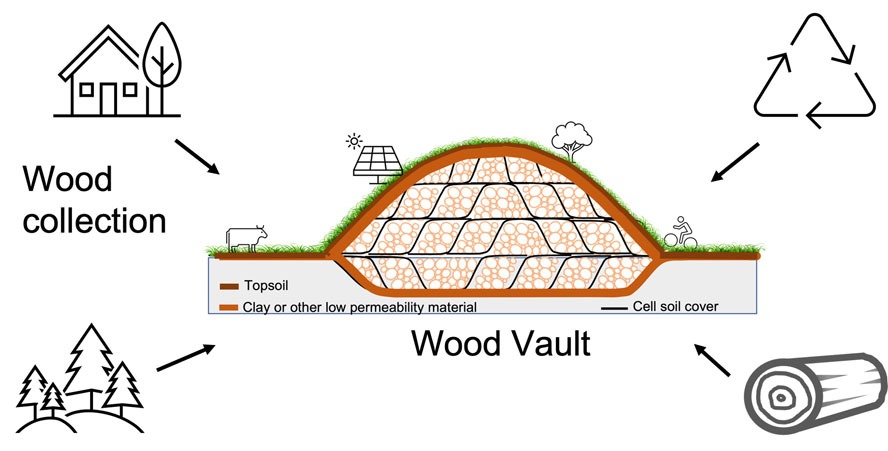
A “TREE VAULT” will store tree trunks so that they cannot emit carbon dioxide into the atmosphere. To address the problem of forest land often having bedrock close to the surface, the idea is to build “tree vaults” resembling ancient burial mounds. The trees are buried in cells stacked on top of each other, each of which is then sealed with airtight materials. When the tree vault reaches its maximum possible height, everything is sealed with, for example, clay. Then, a layer of soil is placed over the “burial mound,” where Kodama suggests that solar farms can be built. Problems with soil erosion due to rain and wind are not discussed, nor is the fact that it will mar the landscape. As shown in the picture, not only forests and tree trunks will be buried, but also recycled wood and wooden houses after demolition. Image: Carbon Lockdown Project
Thus, it is evident that it involves logging and not just clearing fallen and decaying trees in the forest – as establishment fact-checkers claim after the project starts to receive attention and criticism. From the project’s other materials, it is also clear that the focus is on trees in their final phase – before they risk starting to release carbon dioxide – thus, the oldest and largest trees, precisely those most suitable for timber and most desired by sawmills and the construction industry. Instead of becoming timber for housing construction, for example, they will be buried. This will not only mean significantly higher timber prices but also soaring firewood prices. In many countries, including Eastern Europe, it is common for people – especially now that energy and heating costs have skyrocketed – to go into the forest and pick up fallen branches and old dried trees to use as firewood.
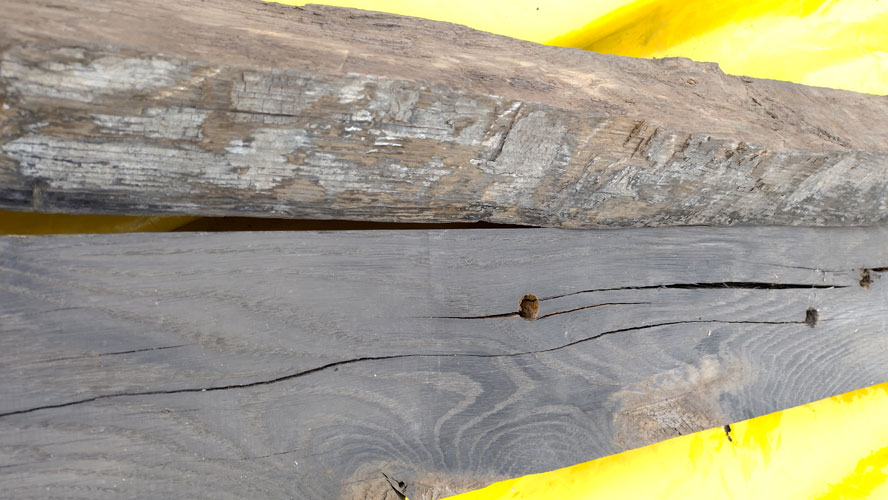
BLACK OAK is the name of oak that has been submerged in water for an extended period. The name comes from it being considerably darker than regular oak. These pieces come from the lock gate of the Swedish Göta Canal in Mem, which was built in 1832 and replaced in 2007, meaning they were submerged in water for 175 years. Wood stored in oxygen-free conditions becomes harder over time and, therefore, commands a higher price, regardless of provenance. If it is stored underground, in fresh or brackish water, it also avoids shipworms, which thrive in saltier environments. Companies like Kodama can, therefore, be expected to get much more money for the timber when it is excavated and sold. Photo: Nya Tider
Tree planting may sound like a positive thing until we see that the globalists are targeting open landscapes in general and agricultural land in particular. Only that part of the “war on carbon” to achieve Net Zero will force many farms to close, resulting in a further reduction in natural food production, cattle, and grains. In the Netherlands, the globalist-controlled government is trying to force 3,000 farms to close, and in Ireland, dairy farmers warn that 3,000 milk producers are on the verge of being wiped out due to new “climate requirements.” Moreover, the economic incentives for logging and burying trees will dictate the development. Forbes’ article reveals that there are extensive plans to steer farmers towards such “carbon farming,” which is paid for with carbon emissions allowances and is already more profitable than traditional farming. The aim is to get them to stop producing food and wood products. It is also mentioned that they want to introduce foreign “better carbon-absorbing” tree species for this purpose, such as bamboo. These can be genetically modified to withstand the cold at our latitudes.
Already, high energy prices have wiped out large parts of the chemical industry – mostly in the West – which produces artificial fertilizers that are necessary for nearly half of the world’s food production. In addition, the ongoing weak solar cycle, which began in December 2019, has created extreme weather that has destroyed crops worldwide. This fall, harvest time in the Northern Hemisphere, seems to be one of the worst ever in many countries (the numbers are not finalized yet). Global food security has never been so threatened, something even the Agenda-pushing UN has acknowledged.
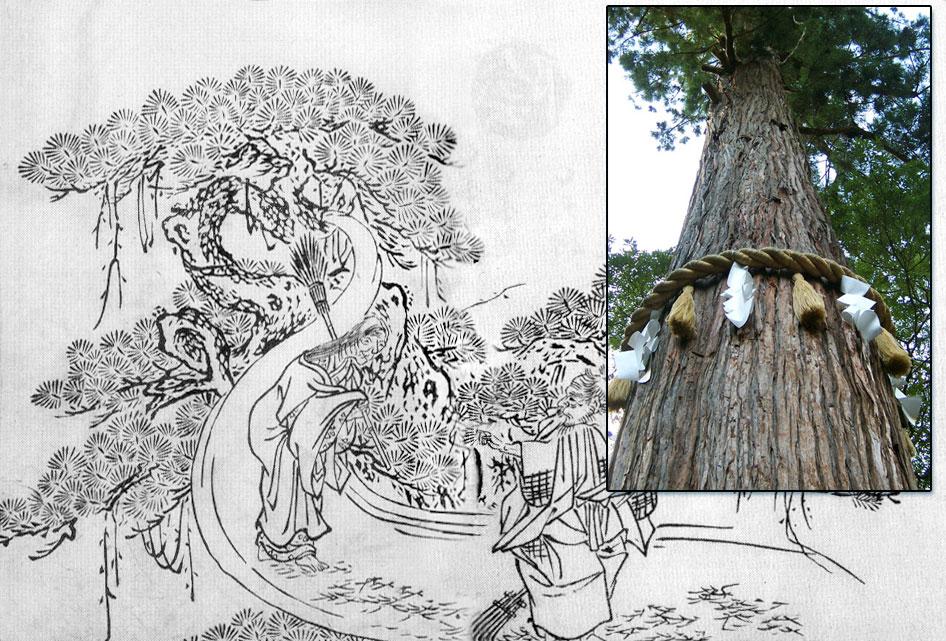
KODOMA is the name of spirits that inhabit trees, according to Japanese folklore. The term is also used to designate a tree where a “kodama” is believed to reside, usually older trees. The phenomenon known as yamabiko, when sound produces a delayed echo effect in mountains and valleys, is sometimes attributed to this type of spirit. Kodama can also mean “echo” in Japanese. In contemporary Japan, Kodama are still feared as they are seen as demons capable of harming those who disturb them by cutting down the tree. Therefore, such trees are still marked with special shimenawa ropes made of hemp fibers (an inset shows one at the Yuki Shrine in Kyoto). The drawing depicts a Kodama (left) and is from the book “Gazu Hyakki Yagyō” (English: “The Illustrated Night Parade of a Hundred Demons”) by Toriyama Sekien. A peculiar choice of name, perhaps, for a company planning to cut down millions of older trees. Image: Toriyama Sekien, Photo: Chris Gladis
Food production worldwide needs to be significantly and rapidly strengthened, but instead, the opposite is happening. Globalists primarily want to abolish livestock farming and replace animal protein with plant-based and synthetic “meat” as well as insects. Dairy products are also supposed to be replaced in the same manner, with everything from soy-based “dairy products” to cockroach milk. However, they never explain how they intend to replace the more serious and enormous shortfall in grains.
In addition to agriculture being forced to step back, both in terms of food and timber production, it leads to something else that no one talks about. Decaying vegetation and trees create new nutrient-rich soils, which are the foundation of all cereal production. Leached soils as a result of industrialized agriculture, often driven by globalist multinational companies, are a significant problem today. By removing millions of trees from the natural cycle, the future’s arable land and food production are also being destroyed.
All rights reserved. You have permission to quote freely from the articles provided that the source (www.freewestmedia.com) is given. Photos may not be used without our consent.
Consider donating to support our work
Help us to produce more articles like this. FreeWestMedia is depending on donations from our readers to keep going. With your help, we expose the mainstream fake news agenda.
Keep your language polite. Readers from many different countries visit and contribute to Free West Media and we must therefore obey the rules in, for example, Germany. Illegal content will be deleted.
If you have been approved to post comments without preview from FWM, you are responsible for violations of any law. This means that FWM may be forced to cooperate with authorities in a possible crime investigation.
If your comments are subject to preview by FWM, please be patient. We continually review comments but depending on the time of day it can take up to several hours before your comment is reviewed.
We reserve the right to delete comments that are offensive, contain slander or foul language, or are irrelevant to the discussion.
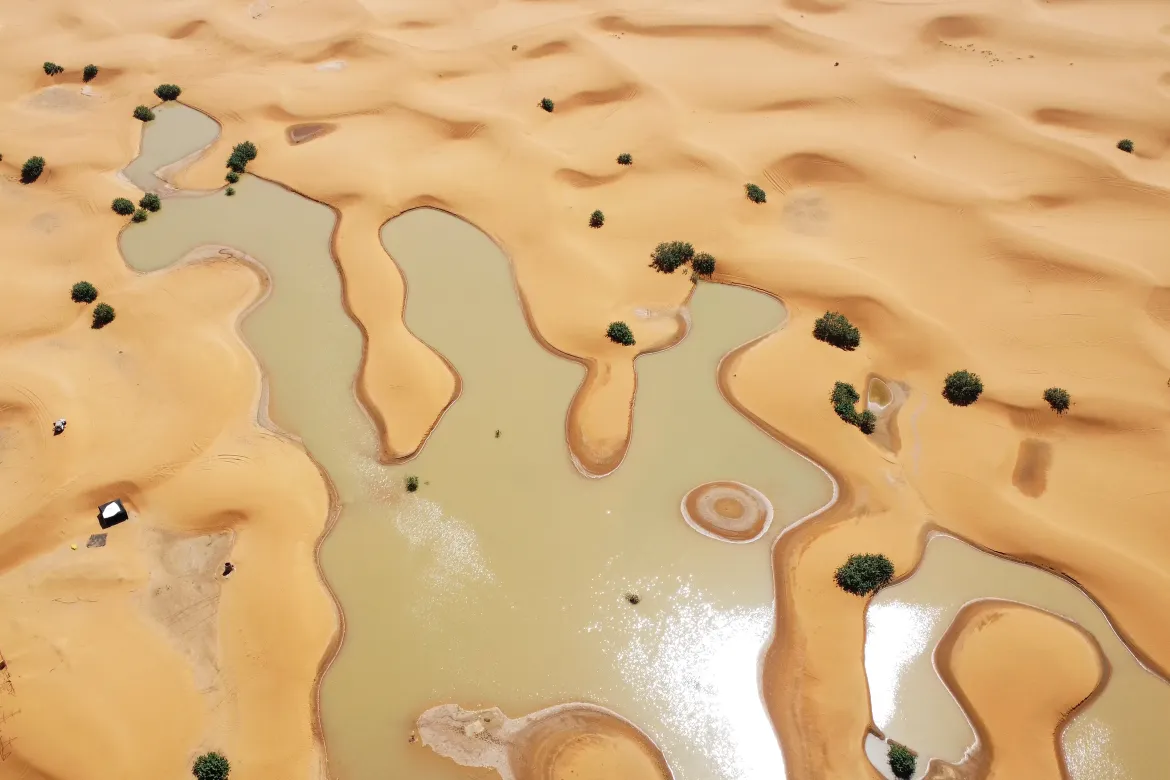
Greening: Rare, Heavy September Rainfalls Bring Back Lakes in the Sahara
"Nothing you’ll hear about in the climate propaganda media"
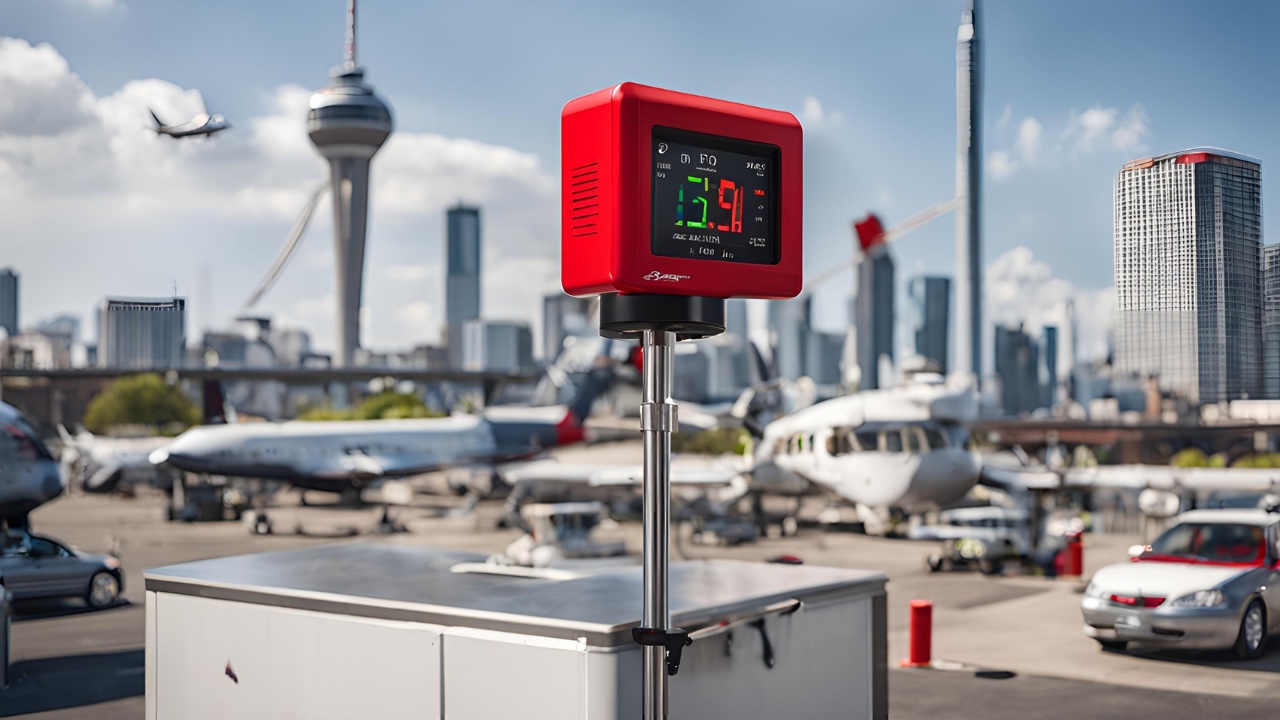
Laughable: Here Are Some of the Sites Where “Extreme” Temperatures Are Being Recorded
Junk in, junk out

Solar researchers sound the alarm to deaf ears: “Severe cold and food shortages as early as the 2030s”
THE SUN IS CHANGING.Valentina Zharkova, a solar researcher and professor of mathematics and physics, already warned in 2019 about the Grand Solar Minimum, which she believes will affect the Earth between the years 2020 and 2053. According to her, researchers have observed clear signs of this since at least 2015.
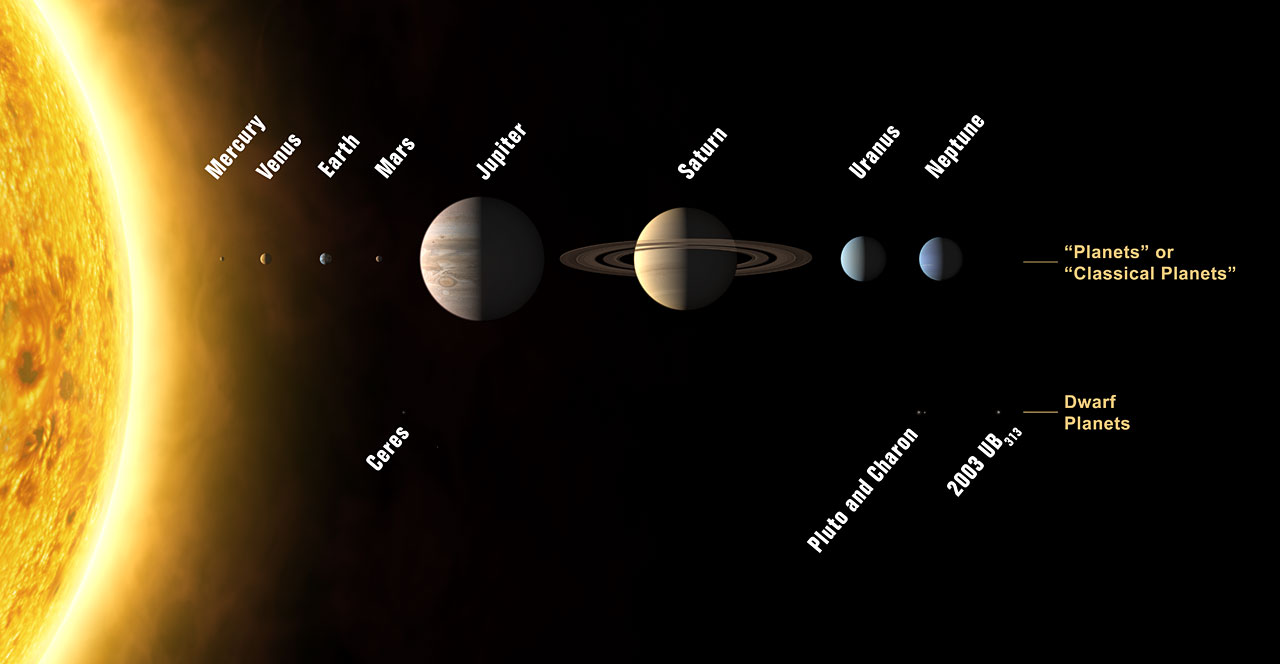
The Entire Solar System is Changing
CLIMATE CHANGEThe Sun has changed its activity dramatically during recent years. This is particularly evident on the outer planets of the solar system, and Free West Media presents a unique compilation of the drastic changes that some planets are currently undergoing and that are likely awaiting Earth as well.

The Sun Drives Earth’s Climate, Not Carbon Dioxide
Top Researchers Push Back Against Climate Lies."The correlation is as clear as day," explained the Israeli astrophysicist Nir Shaviv, who was hailed by the establishment, before his interview with Forbes was hastily deleted. What he says contradicts the climate narrative, which points to humans as responsible for Earth's climate. Shaviv firmly asserts that it is the sun that controls the climate, something that can be scientifically proven in many ways. Contrary to the popular belief, the sun's influence on Earth has, in recent years, caused unusually cold and rainy weather, a trend that solar researchers warn will worsen significantly in the coming decades. The sun has exhibited an unusually low activity since 2016, during Solar Cycle 24, which was the weakest in a century.




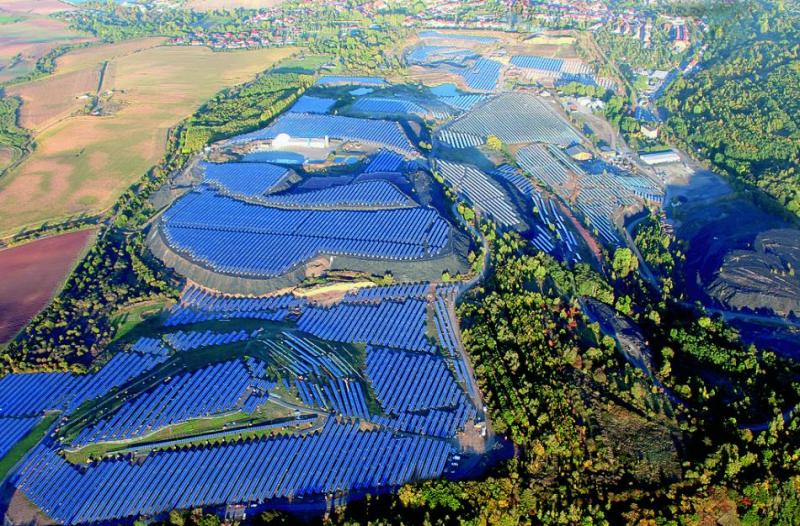
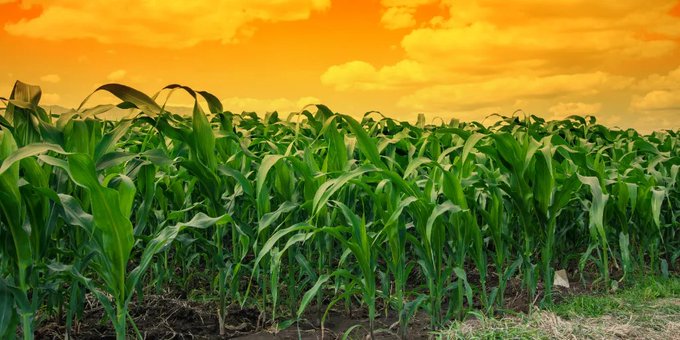
No comments.
By submitting a comment you grant Free West Media a perpetual license to reproduce your words and name/web site in attribution. Inappropriate and irrelevant comments will be removed at an admin’s discretion. Your email is used for verification purposes only, it will never be shared.